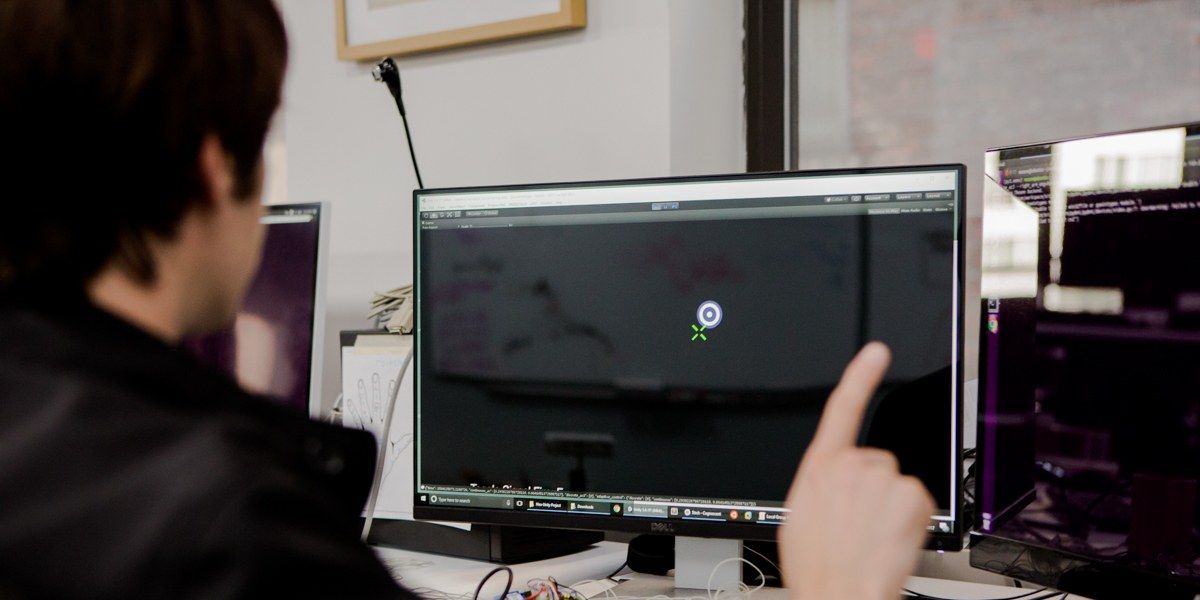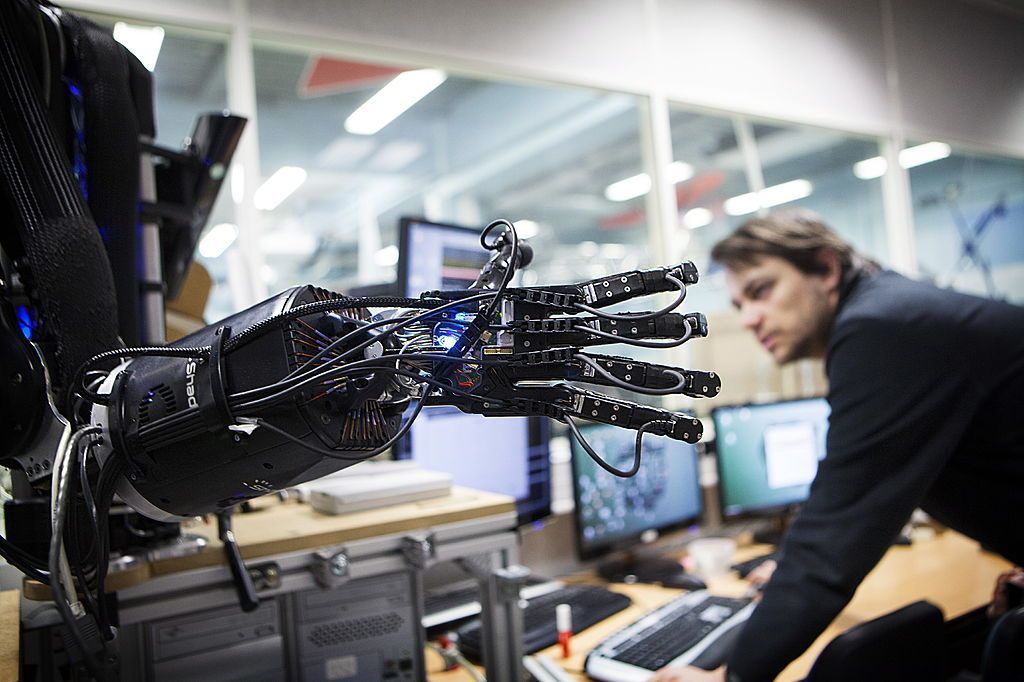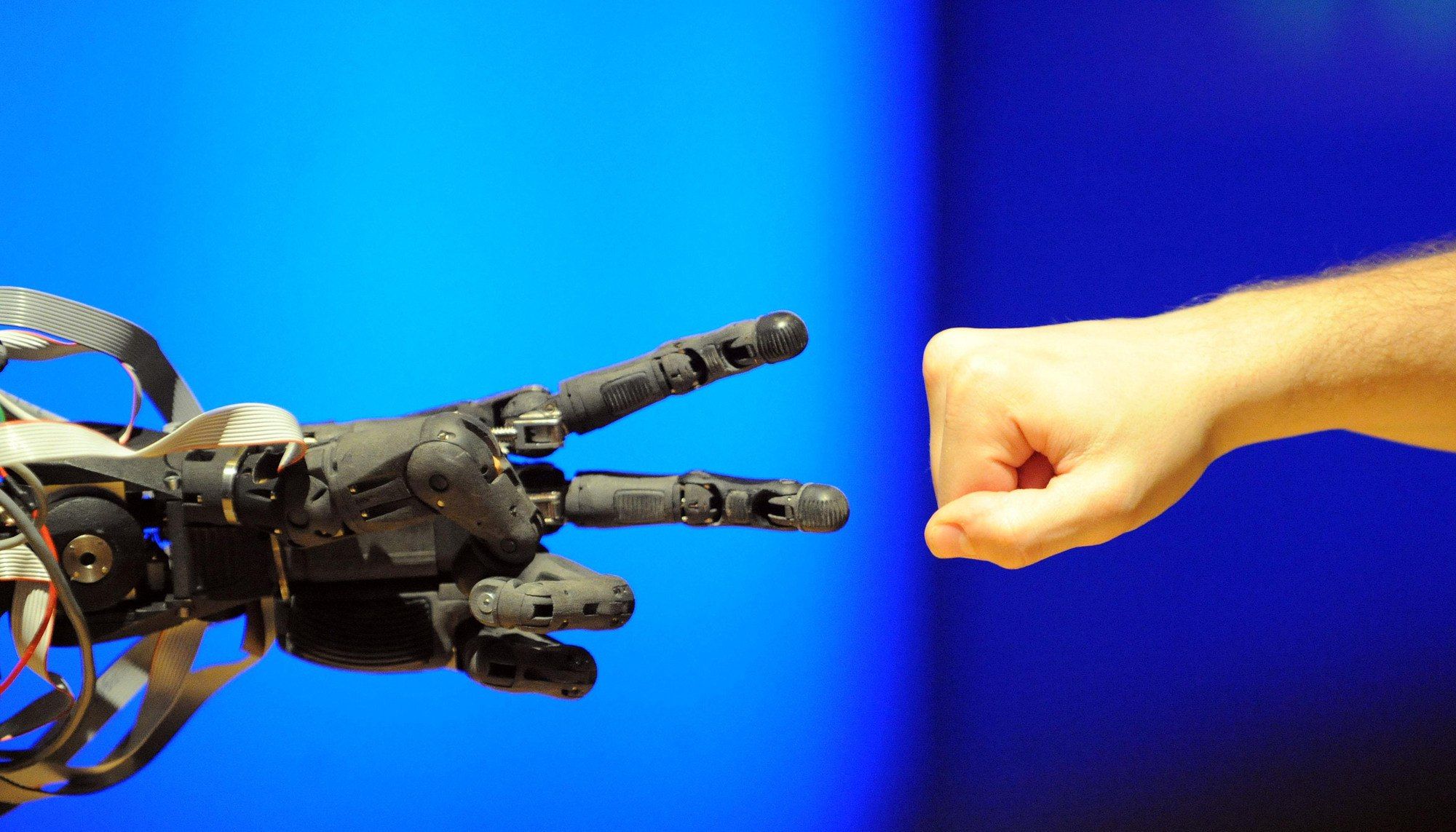This startup has built a brain-machine interface that enables mind control of machines—no implants required.




PCSK9 inhibitors, a new type of therapy, has arrived and appear to be an effective therapy for lowering LDL cholesterol to a level that exceeds the current standard of care.
Recently, the results from a clinical trial at Brigham and Women’s Hospital showed that the drug evolocumab, when combined with statins, significantly and safely reduced the risk of cardiovascular events.


A new article recently out discussing issues of #transhumanism:
Hello reader, are you trans? Transhuman, that is.
Probably not, but one day you might be – or, failing that, your kids or grandkids. In what is very much a ‘guest’ piece for the American Conservative, Zoltan Istvan – the Libertarian candidate for Governor of California – explains his transhumanist vision:
“…transhumanism is the international movement of using science and technology to radically change the human being and experience. Its primary goal is to deliver and embrace a utopian techno-optimistic world—a world that consists of biohackers, cyborgists, roboticists, life extension advocates, cryonicists, Singularitarians, and other science-devoted people.”
There’s no need to fear a robot taking your job – not if you become one yourself!

A super-short and to-the-point introduction to Rejuvenaction, ageing, and rejuvenation which I wrote on l4t.
You might have noticed I have sometimes mentioned ‘Rejuvenaction’ in passing in other posts on l4t, but never really went too much into detail as to what Rejuvenaction even is. I was hoping to trigger curiosity in the few readers l4t has had thus far (this is what I get for posting once in a blue moon), but I think it is high time to formally introduce l4t’s older brother.
Simply put, Rejuvenaction is an advocacy blog meant to spread awareness about the problem of human ageing and what could be done to bring about the end of this problem within a few decades.
No, it’s neither a joke, nor about snake oil supplements to part a bunch of fools from their money. It’s about hopefully relatively-soon-to-be rejuvenation biotechnologies to bring the biological clock of people back to about 25 years of age, so that regardless of their chronological age, they can be as healthy as they were when they were young adults.

For millennials and the generations to follow, the future will differ radically from their parents’ world. Massively powerful digital technologies will bring seismic changes in the lifestyles, opportunities, privileges and choices experienced by young people compared to their parents.

For the unwary, ICOs represent an even bigger risk, as uncertainty about how they should be regulated means most lack even basic protection of securities laws that governed the dotcom IPOs. As pure digital events, the online fundraisings are also exposed to familiar internet frauds, from phishing scams used to rip off the unwary to the hacking of the underlying software underpinning the new ventures — the fate that befell the first prominent ICO last year, for a company called the DAO.
Flood of initial coin offerings is aimed at bypassing Google and Amazon, but sceptics fear a bubble.

The ‘singularity’ event that scientists talk about in artificial intelligence (AI) — when robots would outsmart human beings in reasoning — has just been moved up, according to a top scientist at HP Inc. The progress in AI and machine learning has been so rapid that scientists have upped the estimate for the ‘singularity’ to happen in 2029 from 2040, shaving off 11 years of development time, says Shane Wall, Chief Technology Officer at HP, who also heads the HP Labs which is at the centre of innovation within the company.
Wall, who was speaking at the HP Reinvent Partner Forum here, said there may be some who watch with fear for that event to happen but taken adequate precautions, this change would bring in much good for everyone — be it in manufacturing, health, innovation or elsewhere. He said AI handles huge amount of data and can discern patterns to take decisions. “Machine learning uses AI and big data to learn and it can find things that no humans can see,” Wall noted.
According to him, already there are massive data farms which are crunching big numbers and there are research labs and companies where machines are taught how to use data to managing things around us. Wall, who joined HP over a decade ago, drives the company’s technology vision and its strategy and helms the innovation community within. According to him, machines have become smart enough to predict failures within a system and 3D manufacturing is a massive revolution in the making. “Already, 3D printing is handling intricate products and in the future this will bring about a disruptive change,” Wall said.

Could an experimental anti-aging cocktail of #rapamycin and #metformin and other drugs extend life? A Chicago physician is treating patients with an untested anti-aging drug regimen. This article details which medications the doctor prescribes and why he prescribes them.
A doctor prescribes anti-aging cocktail of rapamycin, metformin, and other drugs. This article explains the components of the cocktail.